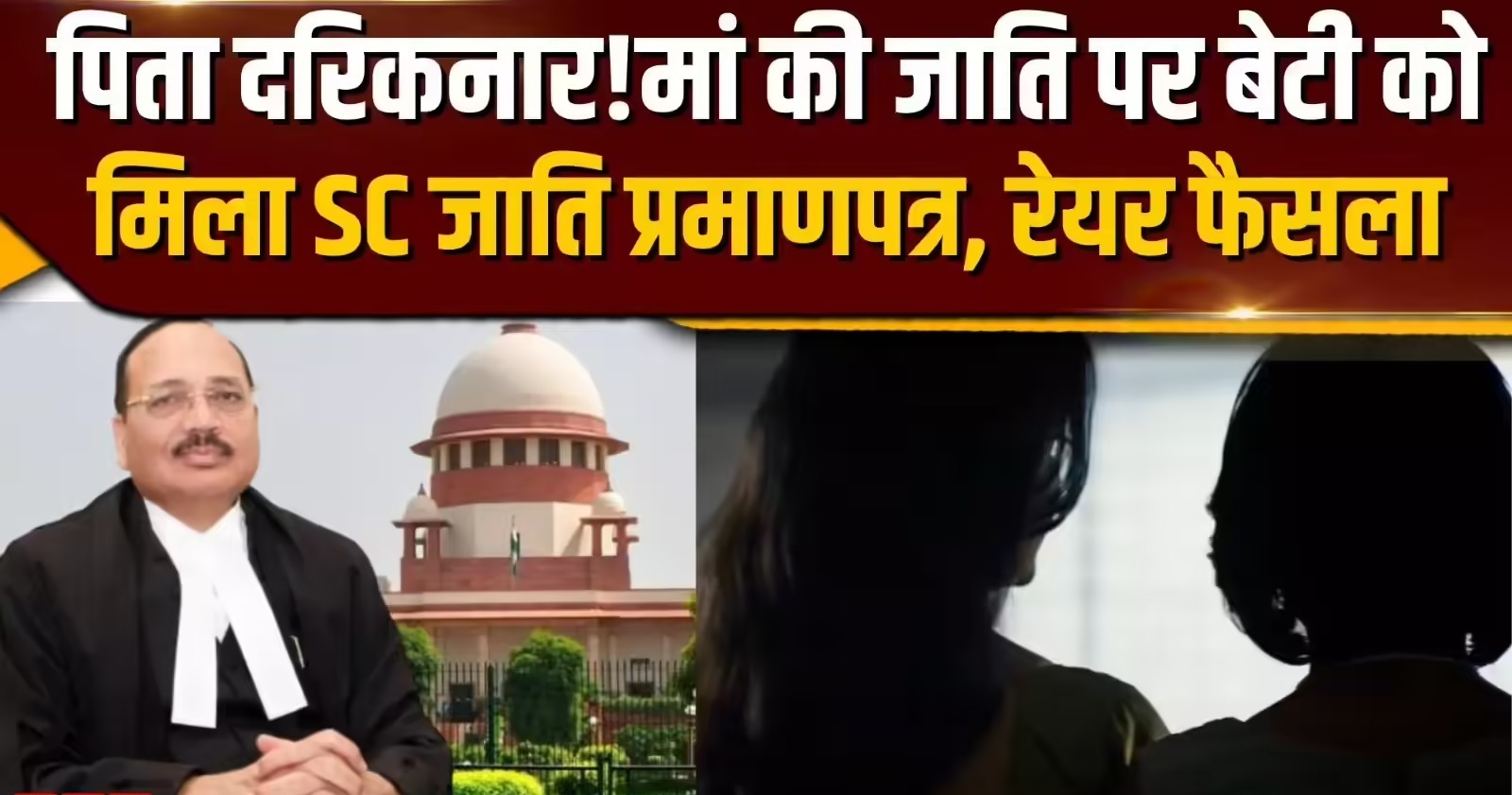@JUDGMENTTAG-ORDER
Mahesh Grover, J.@mdashThe petitioners who are unfortunately the parents who lost their 7 years old child in a tragic accident of drowning attribute the cause of death to the negligence of the respondents who left the manhole uncovered in which the minor child of the petitioners namely Gautam fell resulting in his death. The respondents have denied their negligence and have submitted their reply stating that the manhole was in a sewer line which is 12 to 20 feet in height and it was not possible for a small boy of 7 years to climb upto that level. Inferentially, they have tried to make out that the cause of death was not on account of the accident, but possibly on account of some foul play. They have also objected to the maintainability of the writ petition saying that the cause of death on account of negligence has to be sustained on a finding recorded by the Court of competent jurisdiction on the basis of evidence.
2. I have considered the matter in detail.
3. In so far as the maintainability of the writ petition is concerned, it is a settled principle of law that in case the negligence is evident, then in such eventuality, the Constitutional Court is still empowered to look into the issue of grant of compensation for which it may determine its own parameters.
4. The Hon''ble Supreme Court in
5. Evaluating the facts, the death and its cause is not disputed and that the deceased fell into the manhole is also not disputed. What the respondents have tried to say is that the deceased being a small child of 7 years, could not have climbed upto a height of 12 to 20 feet of his own. Further, the manhole was covered which has been established during the course of enquiry, the relevant findings of which are extracted here below:-
(i) The second stretch of 518'' length RCC Box channel across the railway track is at average height of 12'' (varying from 10'' to 18'') above the choe bed ;
(ii) There is no easy access to top of RCC Box channel except from the columns or climbing down from the railway track ;
(iii) There is no playground or residential building nearby this RCC Box channel which crosses the undulating choe bed partially with bushes.
(iv) The Sarpanch of the Raipur Kalan, Shri Gurdeep Singh in his statement stated that the height of the RCC Box Channel is 12'' to 20'' where hardly any child can climb. There is no way to reach the channel. There is no proper place for children to play and the choe flows below the RCC Box Channel.
6. The respondents have also stated in their reply that after the sad demise of the son of the petitioners, the Municipal Corporation of Union Territory, Chandigarh has taken further preventive steps and covered the manhole with concrete so that there is no possibility of the cover being stolen. An amount of Rs. 50,000/- has been given by the respondents of their own by way of ex-gratia to the petitioners.
7. The photographs which are on record along with the rejoinder filed by the petitioners, reveal that it is not a case where a 7 years old child could not have climbed on to the wall where the manhole was located. There are mounds of earth which are leading almost upto the height of the wall where these manholes were located. Also visible in the photographs Annexure P-4 is a date tree. This is relevant because the petitions state that the deceased had gone to pluck dates. The manholes are also visible in the photograph Annexure P-4. The respondents have tried to brush aside their liability by stating that there were fiber steel covers on the manholes which they are presuming to be existing as nobody would steal them. Subsequent to this incident, they have taken care to replace them with concrete covers.
8. It was the duty of the respondents to investigate the matter and establish as to how the minor son of the petitioners was found dead in the manhole. The post-mortem report does not suggest any other reason except for drowning.
9. It is, therefore, evident that the matter has not been fairly enquired into and the respondents are trying to wish away their negligence. The physical inspection conducted by the respondents, the extract of which has been reproduced in the foregoing paragraphs, only shows that a very cursory approach has been adopted and an explanation simplicitor as to the given cause of death of the minor child. The facts therefore, speak for themselves that the manhole was uncovered and the minor son of the petitioners accidentally fell into the same drowning therein and dying on account thereof.
10. Consequently, this Court is of the opinion that the petition deserves to be allowed.
11. This Court in C.W.P. No. 11838 of 2011 Smt. Sukkar and another v. State of Haryana and others decided on 4.7.2012, considering the death of a minor child by electrocution, had assessed an amount of Rs. 6,40,000/- as compensation. Keeping in view the aforesaid, the instant petition is allowed and the petitioners are held entitled to the grant of Rs. 6,40,000/- as compensation. An amount of Rs. 50,000/- was paid to the petitioners by way of interim compensation, which shall be deducted from the amount determined above. The said compensation be released to the petitioners within a period of two months from the date of receipt of a copy of this order.

